 (1).jpg)
20 April 2021 - 08:32 BY Louw
Video Tape Auditions: 10 Step How To Guide
There is no excuse for not auditioning for a role because of the location in this technological age. They’ve made it easier to get that face in front of a casting director.
I have had to do many videotape auditions; some I got the role and others not so much, but the one thing I have learned is these 10 basic practical steps that can help you give a better quality videotape audition. It’s not just about your talent but adding some technical guidelines enhances that talent and chance of being cast.
When you receive a videotape audition, follow these 10 steps.
Tool to try:
- 1) Plain Background: Make sure you have a plain and simple background. Even if it is just a flat white wall. No distractions and keeps focus on your performance.
- 2) Framing yourself in a mid-shot: from your waist/chest to your head will be in shot. Sometimes they might ask for a wide shot – full body – but mostly it will be from the waist/chest up. This gives the casting director a good shot size to see the emotion and allow yourself small movements within the audition. (You can frame it a bit tighter – shoulders and up) if it’s a subtle scene and more in the eyes.)
- 3) Open the self-tape with your actor ID: Your name. Your agency. What role you’re auditioning for. Example: “Hi my name is Edwin van der Walt, I am with APM and I am auditioning for the role of Jack.”
- 4) Eye line as close to the camera as possible: Keep your eye line as close to the camera lens as possible. Let your reader (the person helping you with the audition and reading the other actors lines) stand right next to the camera. This opens you up so the casting director can see more of your eyes and any changes in emotion etc. NB: use different eye lines for different characters. You can even try looking at the different sides of the camera.
- 5) Less movement: If there are many movement descriptions within the scene – adapt and make it much less and creative. You might suggest a movement by taking one step off your standing/sitting position OR looking away from the reader. The casting director doesn’t care about the movements scripted, she wants to see your performance choices using words and emotions; what choices you make to portray this character. Example: if it says your character is walking down the road talking to the other character - you can sit and have that same conversation in a chair. They want to see you, your face, your eyes, listening to every single word.
- 6) Make sure the sound is audible & no background noise: Choose a quiet spot. Take the time and effort to do this. Making sure there’s not, for example, a drilling noise outside, in the road. Otherwise, it distracts the casting director’s attention from your voice, but a drilling machine or a dog barking that can become extremely annoying. Playback the first take to make sure the sound levels are correct and loud enough.
- 7) Be open and kind in your actor’s ID: Smile and open yourself up. People want to work with people they know won’t be too difficult to work with, so show a bit of your light side, even if it’s a serious scene you’re about to do. This also shows variation in your toolbox.
- 8) Run the lines with the reader: Before you start to shoot the audition, run the lines with your reader and get used to their way of reading the scene. If possible, you can ask them to add a pause or pick up the pace at a certain point. If it’s possible, ask another actor friend to help you with the video audition. Those background voices can become distracting if it’s your mom busy giving her best Oscar performance.
- 9) Don’t ‘die’, after your last line: Let the camera roll for another few seconds with you still in that last moment. Stay in the moment for an extra few seconds before the reader stops the camera from rolling.
- 10) Give them variation: I will share something I always do. I give them two takes on a scene to show variation and different ways we can play the scene. Example: The line is, “I saw her and I thought… Wow, she’s beautiful.” Take 1: Smiling. In awe. Take two: Smirk. Mischievous. Two different variations with the same objective/bottom-line. Send both tapes. And remember, these days your cellphone has almost the same quality as your DSLR camera so you can use your cellphone camera if necessary but make sure it’s not blurry or pixelated.
Self-tapes are becoming much more popular with production companies. Become an excellent videotape auditioner by using these tools and tips. Play around on your own, working on it at home. This is a part of your craft now, so become better at it. Exercise the videotape audition muscle while your acting competition is busy binge-watching Netflix waiting for an opportunity.
Creativity is allowing yourself to make mistakes. Art is knowing which ones to keep.
—Scott Adams
How did you find the technique/tool/advice? Did it work for you? What was different this time? Share with the tribe and let’s keep on creating beautiful, honest and memorable performances. Let’s execute our best selves!
Kind regards
Edwin van der Walt
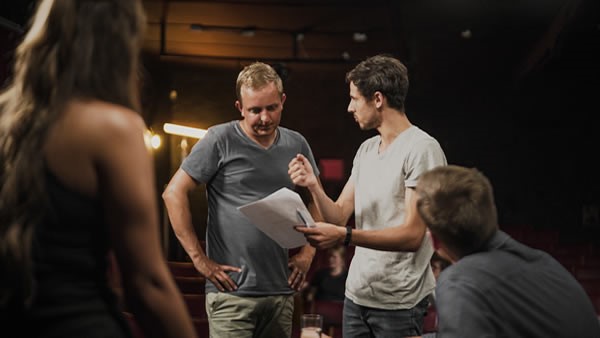
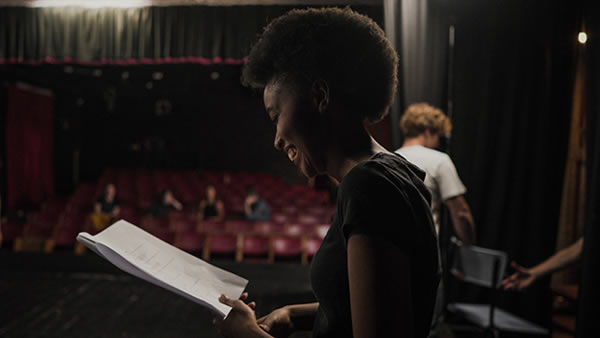

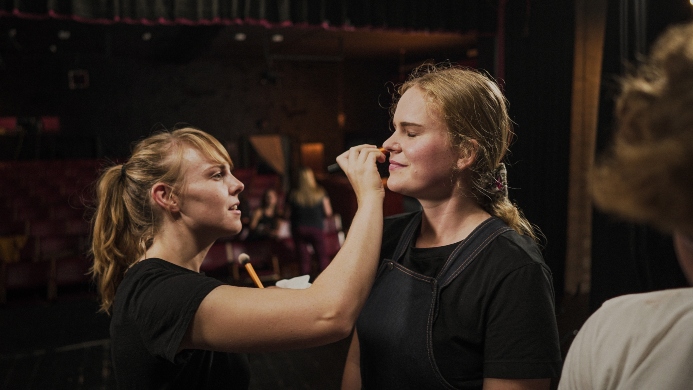
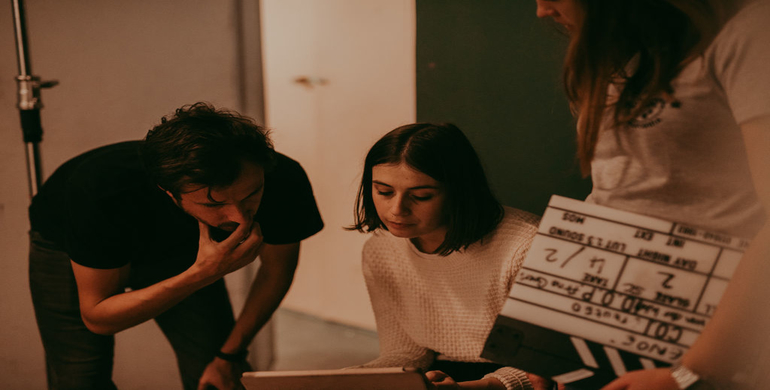

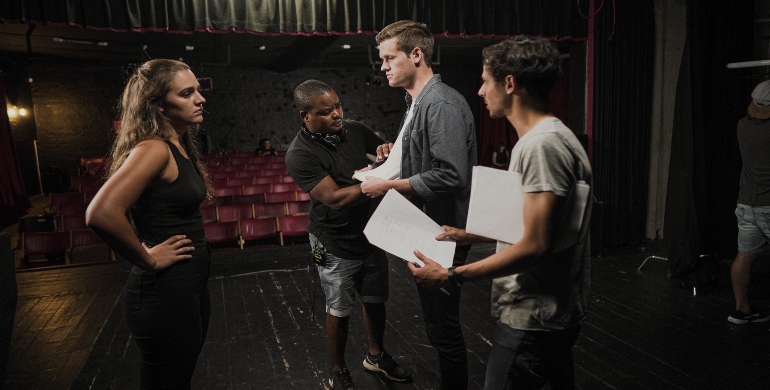
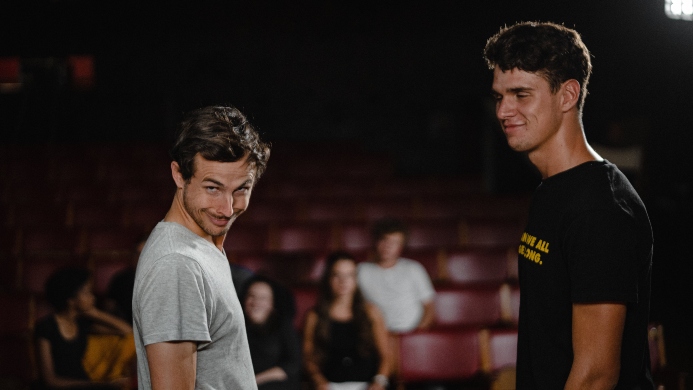
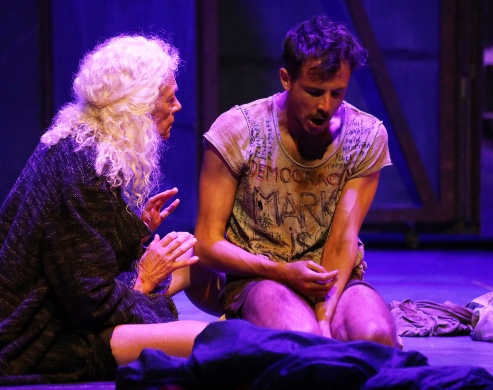

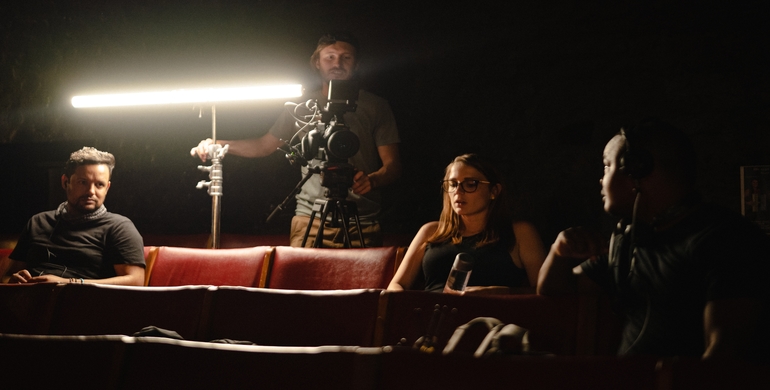
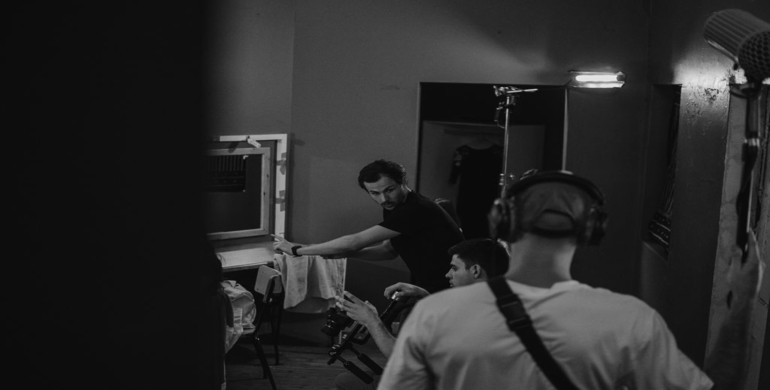
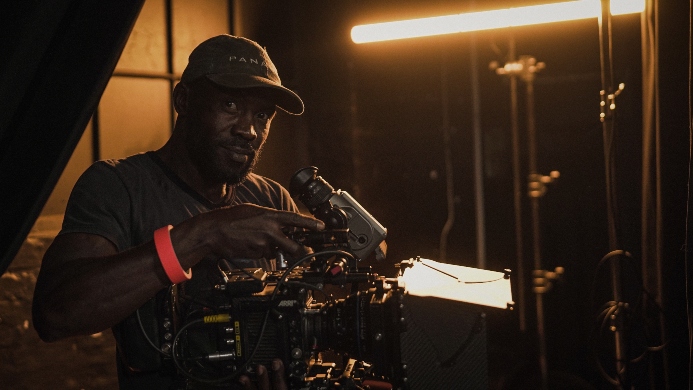
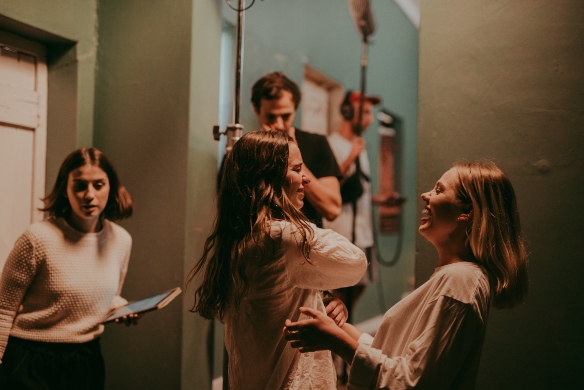
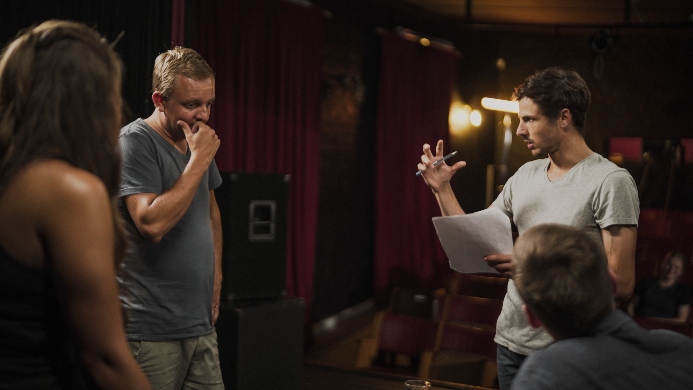
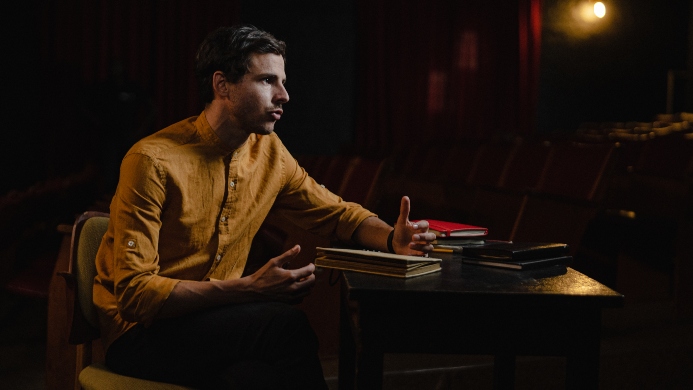
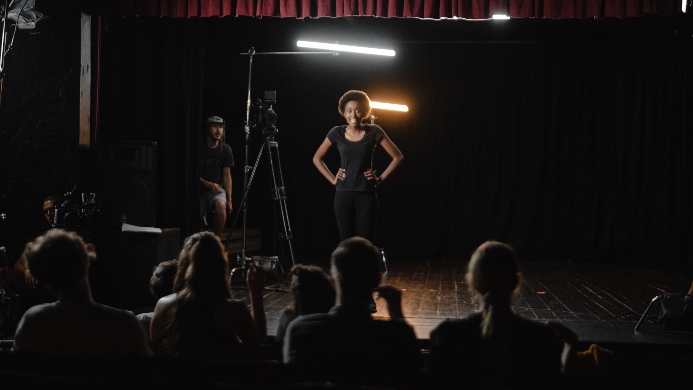
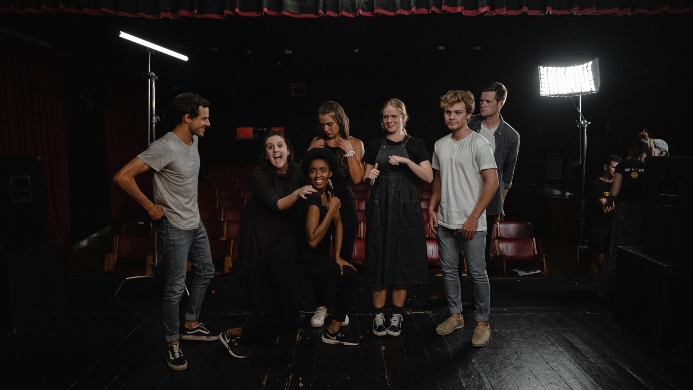
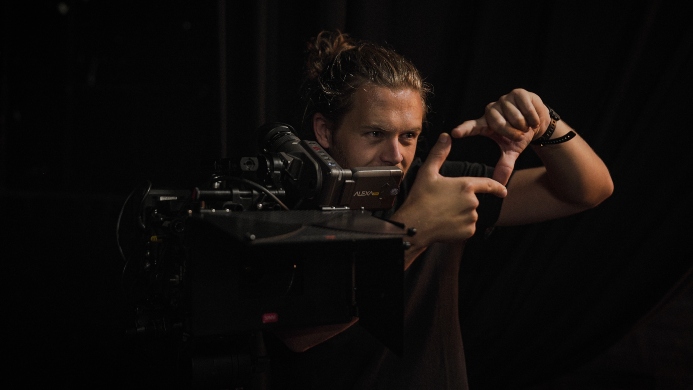
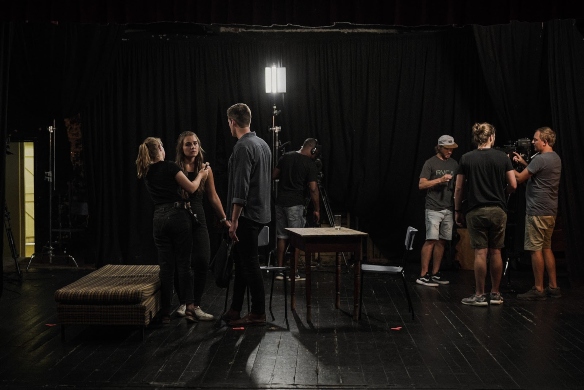

 1.jpg)
.jpg)
 (1).jpg)
 (1).jpg)
 (1).jpg)
 (1).jpg)
 (1).jpg)
 (1).jpg)
 (1).jpg)
 (1).jpg)
 (1).jpg)
 (1).jpg)
 (1).jpg)
 (1).jpg)
 (1).jpg)
 (1).jpg)
 (1).jpg)
 (1).jpg)
 (1).jpg)
 (1).jpg)
 (1).jpg)
 (2).jpg)
 (1).jpg)
.jpg)
 (2).jpg)
 (1).jpg)
 (1).jpg)
 (1).jpg)
.jpg)
 (1).jpg)
 (1).jpg)